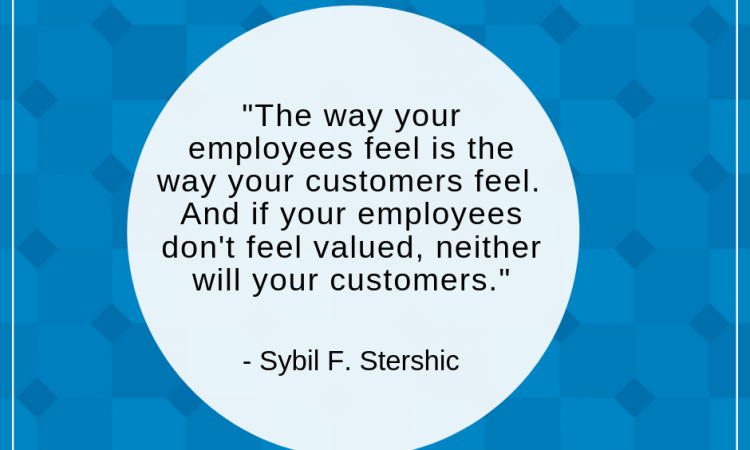With the weekend around the corner, I began thinking of some classic movies that I had not seen in a long time. One of them was Clint Eastwood’s, “The Good, The Bad & The Ugly”. It suddenly dawned on me that this trio of words applies not only to a famous Hollywood film, it can also apply to employee engagement (how employees feel treated).
The Gallup organization consistently tells us that the relationship between the employee and the immediate supervisor is one of the keys to employee engagement. While there are many ways to improve the employee experience (ex. new or better benefits). The heart of the matter can be greatly influenced by how employees perceive their managers’ behavior.
Employee – Manager Relationship
If employees believe that their managers are trusted advocates, they will perceive their behaviors as one of “The Good” and the likelihood of active engagement increases. On the other hand, if employees feel that their managers demonstrate undesirable behaviors or motives, they will view their managers’ behavior as being “The Bad” or “The Ugly”. It is these latter viewpoints that can be a catalyst for employee disengagement or active disengagement. And, if you are wondering about the difference between the two, actively disengaged employees are not just unhappy, they are going to make others unhappy.
While no one enjoys being discontent or working with people who make them feel miserable, you may be asking yourself, “Are there other reasons that engagement is important?” A Gallup study polling 1.4 million employees in 192 organizations across 49 industries showed that organizations with engaged employees can achieve a lot more. This includes customer service scores that are 10% higher as well as 21% higher productivity and 22% higher profitability. Now, there is some bottom-line motivation for you!
Top engagement scores can also be correlated with decreases in absenteeism by 37% and reductions in employee turnover between 25% to 65%, depending on the nature of the industry. For those of you who are more production-minded, there is good news, too. Engaged employers reported fewer quality defects by 41% and fewer safety incidents by 48%.
Has this sparked your interest? If so, grab some popcorn or candy and join me over the next few weeks for a series of short articles on The Good, The Bad and The Ugly of employee engagement. Or, as they say in show business, “Stay tuned!”


